the East Side & Beyond!
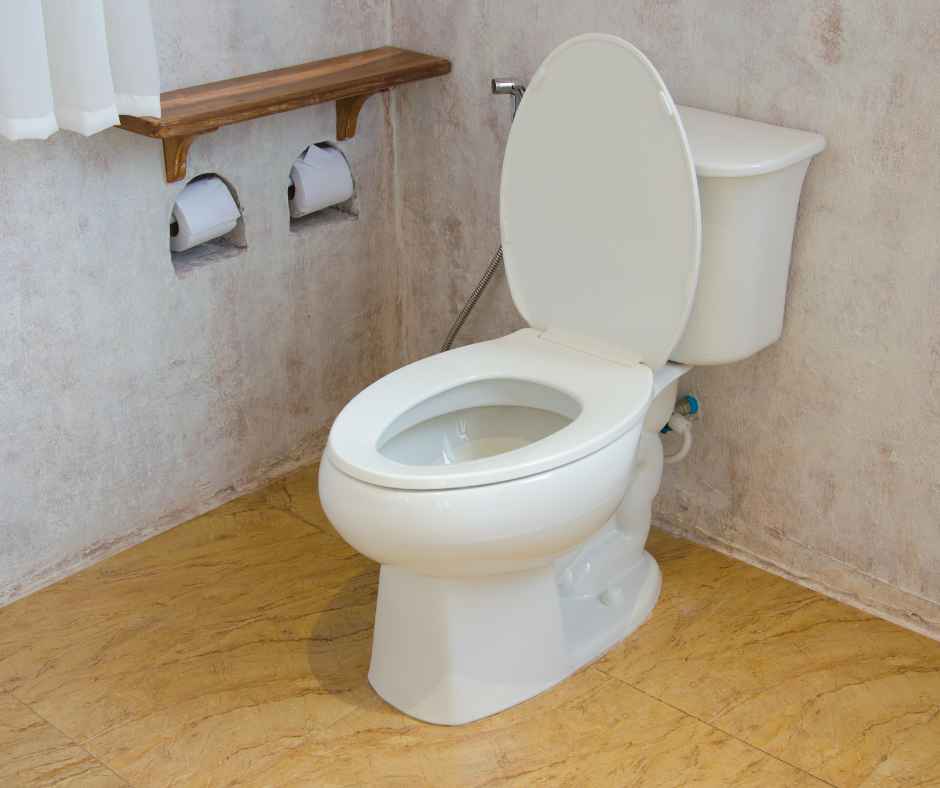
Why Is My Toilet Moving?
September 12, 2024
A toilet that moves or wobbles can be a significant annoyance and a potential sign of more severe plumbing issues. If you’ve ever found yourself asking, “Why is my toilet moving?” you’re not alone. Many homeowners experience this problem, and understanding its causes and solutions can help you address the issue before it leads to more substantial damage.
In this blog, we’ll explore the common reasons for a wobbly toilet, the potential consequences of ignoring the problem, and steps you can take to fix it.
Common Causes of a Moving Toilet
There are several reasons why your toilet might be moving. Here are some of the most common culprits:
Loose Toilet Bolts
The most common cause of a wobbly toilet is loose toilet bolts. These bolts secure the toilet to the floor flange. Over time, they can become loose due to regular use, causing the toilet to rock back and forth.
Worn Wax Ring
The wax ring that sits between the toilet base and the flange can wear out over time. This ring provides a seal that prevents water and sewer gases from escaping. When the wax ring deteriorates, it can cause the toilet to wobble and lose its seal.
Damaged or Uneven Floor
An uneven or damaged floor can also cause a toilet to move. If the floor underneath the toilet is not level or has weakened due to water damage, it can lead to instability.
Flange Issues
The toilet flange, which connects the toilet to the drainpipe, can become damaged or corroded. If the flange is broken or improperly installed, it won’t hold the toilet securely, resulting in movement.
Improper Installation
Sometimes, a toilet may wobble simply because it wasn’t installed correctly in the first place. If the bolts weren’t tightened properly or the toilet wasn’t set level, it can cause the toilet to move over time.
Consequences of a Moving Toilet
Ignoring a moving toilet can lead to several problems, some of which can be costly to repair:
- Water Damage: A wobbly toilet can cause the wax ring to break its seal, leading to water leaks. These leaks can damage the flooring and subfloor, resulting in costly repairs.
- Mold and Mildew: Persistent moisture from a leaking toilet can create an ideal environment for mold and mildew growth. This can pose health risks and further damage your home.
- Sewer Gas Leaks: A broken wax ring can also allow sewer gases to escape into your home. These gases are not only unpleasant but can also be harmful to your health.
- Increased Wear and Tear: A moving toilet puts additional stress on the plumbing connections and fixtures. Over time, this can lead to more frequent repairs and a shorter lifespan for your toilet.
How to Fix a Moving Toilet
If you’re wondering why your toilet is moving and how to fix it, here are some steps your plumber will take:
Tighten the Bolts
The first step your plumber will take is to check and tighten the toilet bolts. They will use a wrench to gently tighten the bolts on either side of the toilet base. Overtightening these bolts can crack the toilet base or the flange.
Replace the Wax Ring
If tightening the bolts doesn’t solve the problem, the next step the plumber will look at is to replace the wax ring. They’ll turn off the water supply, flush the toilet to empty the tank, and disconnect the water line. Then they’ll Remove the toilet and scrape away the old wax ring. Your plumber will install a new wax ring and reseat the toilet, ensuring it is level before tightening the bolts.
Inspect and Repair the Floor
Check the floor around the toilet for any signs of damage or unevenness. If the floor is damaged, you may need to repair or replace the affected area to provide a stable base for the toilet.
Check the Flange
Inspect the toilet flange for any cracks, corrosion, or improper installation. If the flange is damaged, it will need to be repaired or replaced. This will require calling a professional plumber for assistance.
Ensure Proper Installation
If you’re installing a new toilet or reinstalling after repairs, make sure it is done correctly. The toilet should be level and the bolts tightened appropriately to prevent future movement.
When to Call a Professional
While some minor toilet repairs can be handled by homeowners, there are times when it’s best to call in a professional plumber. If you’ve tried tightening the bolts and replacing the wax ring but your toilet is still moving, it’s time to seek expert help. A professional plumber can accurately diagnose the problem and provide a long-lasting solution.
Call The Plumbing Joint
A moving toilet is more than just a minor inconvenience—it can be a sign of underlying issues that need to be addressed promptly. By understanding why your toilet is moving and taking the necessary steps to fix it, you can prevent further damage and ensure your bathroom remains a safe and comfortable space.
If you’re dealing with a wobbly toilet and need professional assistance, contact The Plumbing Joint in Renton. Our team of experienced plumbers can handle all your toilet repair needs, ensuring your plumbing system is in top condition. Don’t let a moving toilet cause you stress—contact The Plumbing Joint today for reliable and efficient service.
Recent News
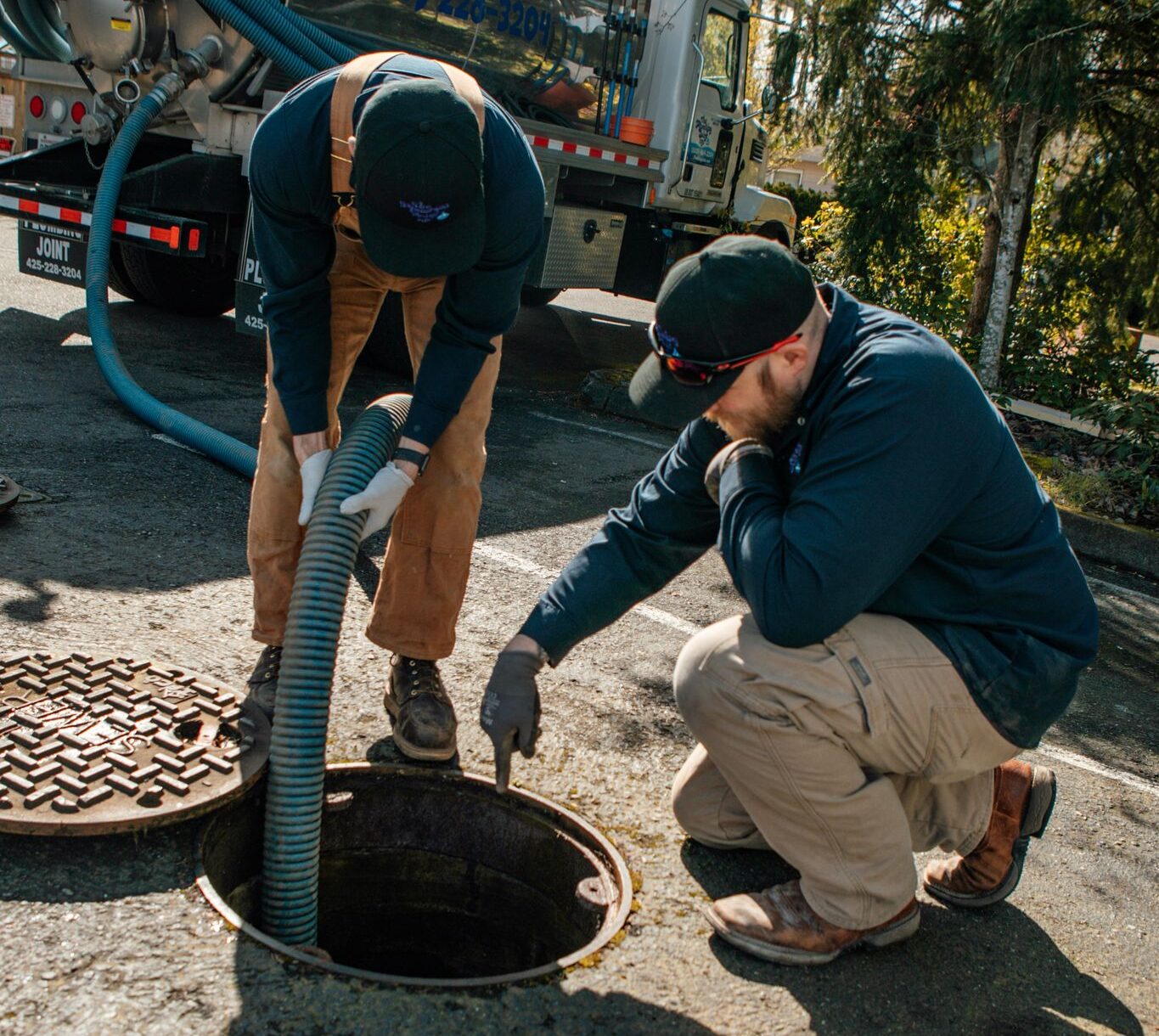
How To Spring Ahead of Plumbing Issues
March 11, 2025
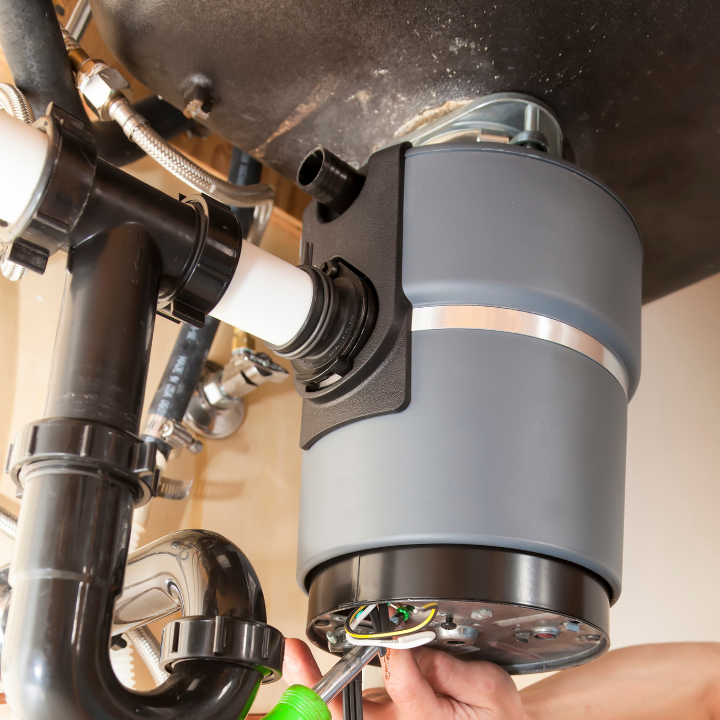
Help! My Garbage Disposal Is Humming But Not Working
February 7, 2025
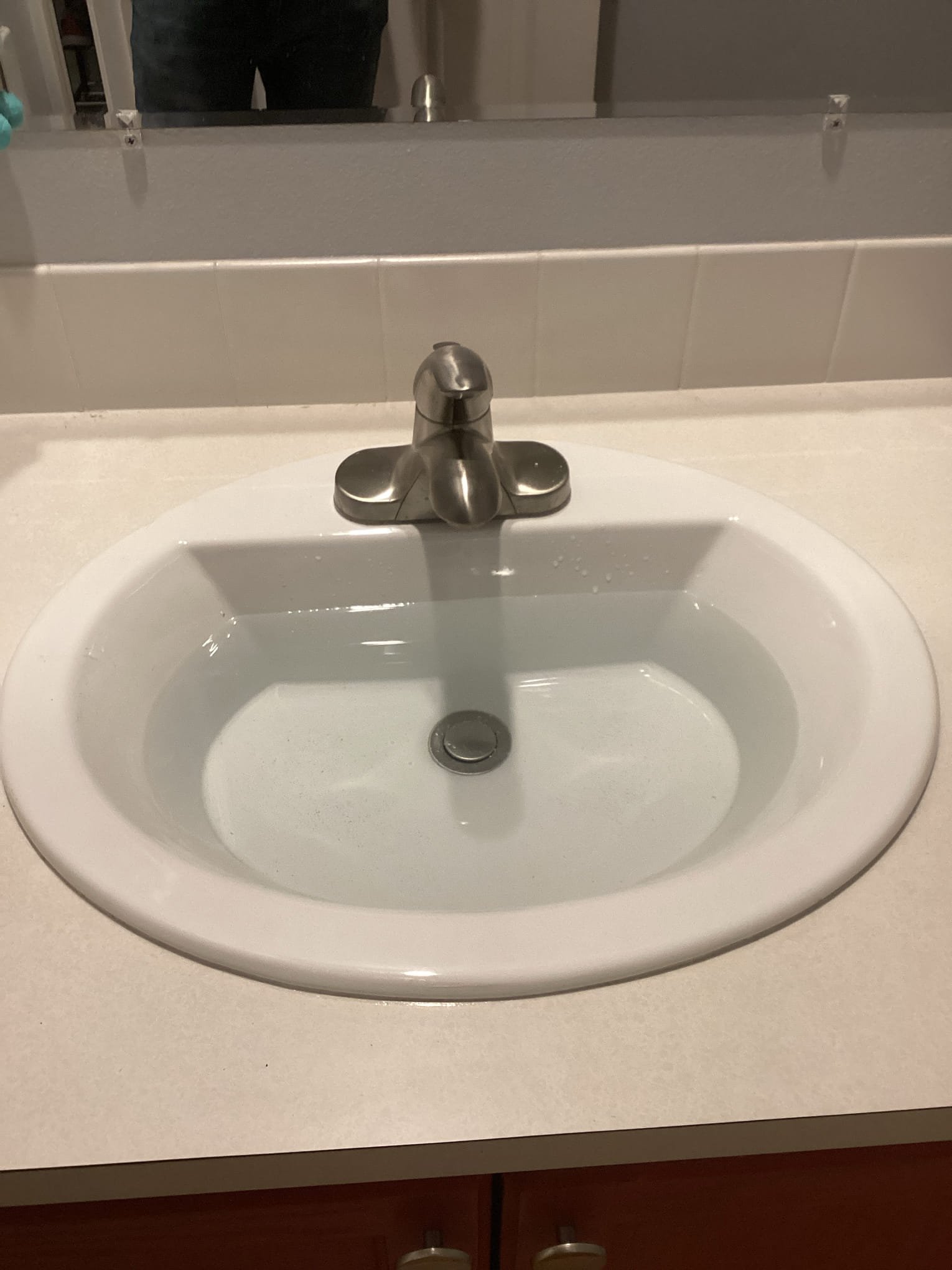
Why Does My Sink Gurgle?
January 10, 2025
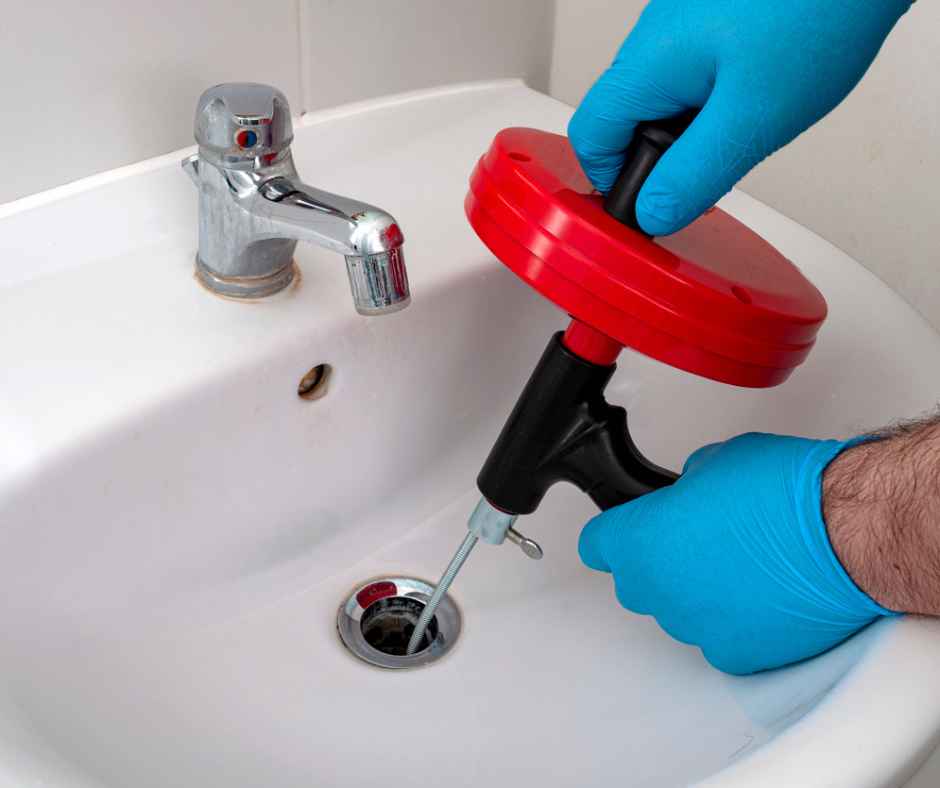
How to Use a Plumbing Snake
December 13, 2024
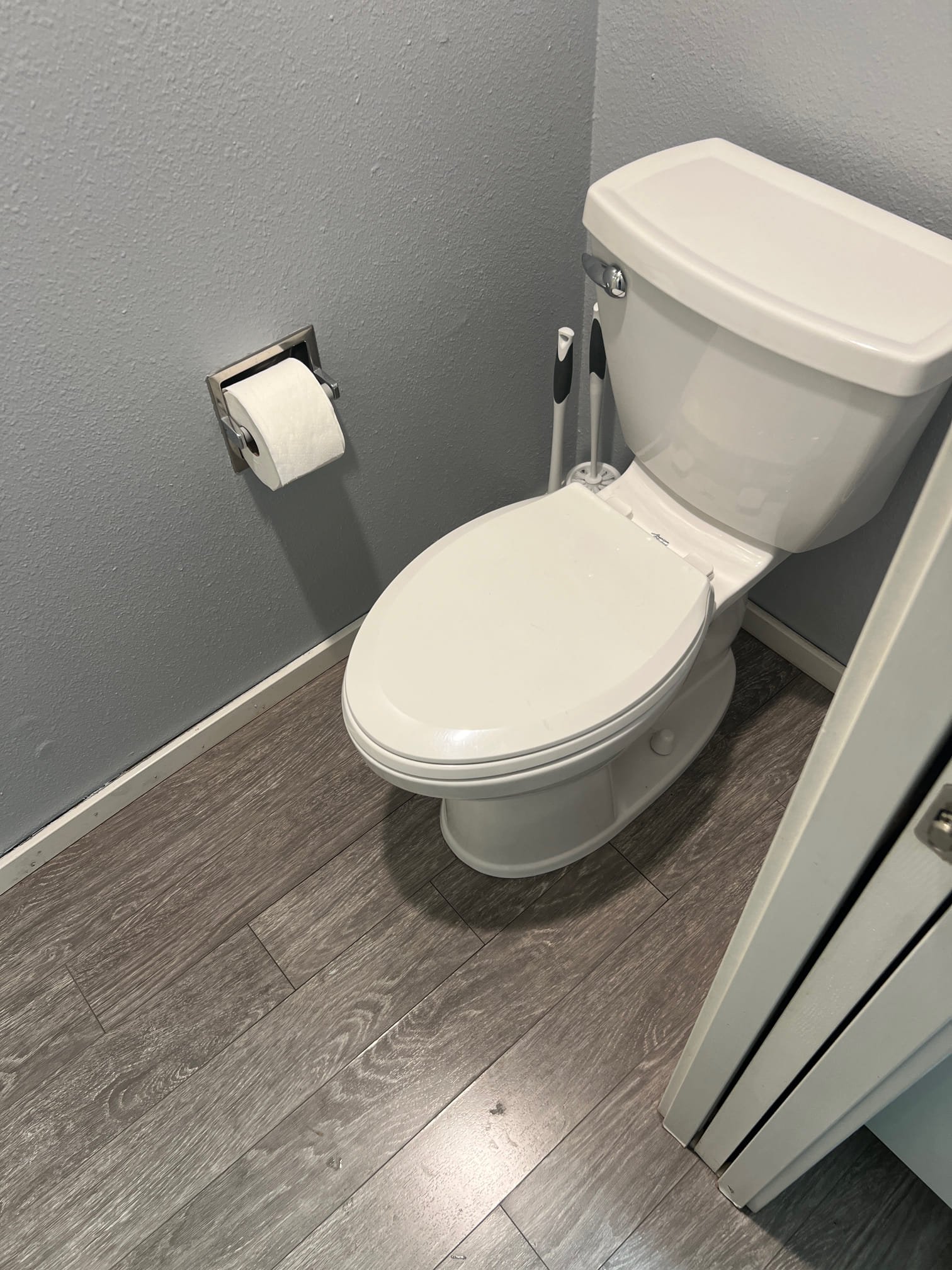
Toilet Sounds And What They Mean
November 7, 2024
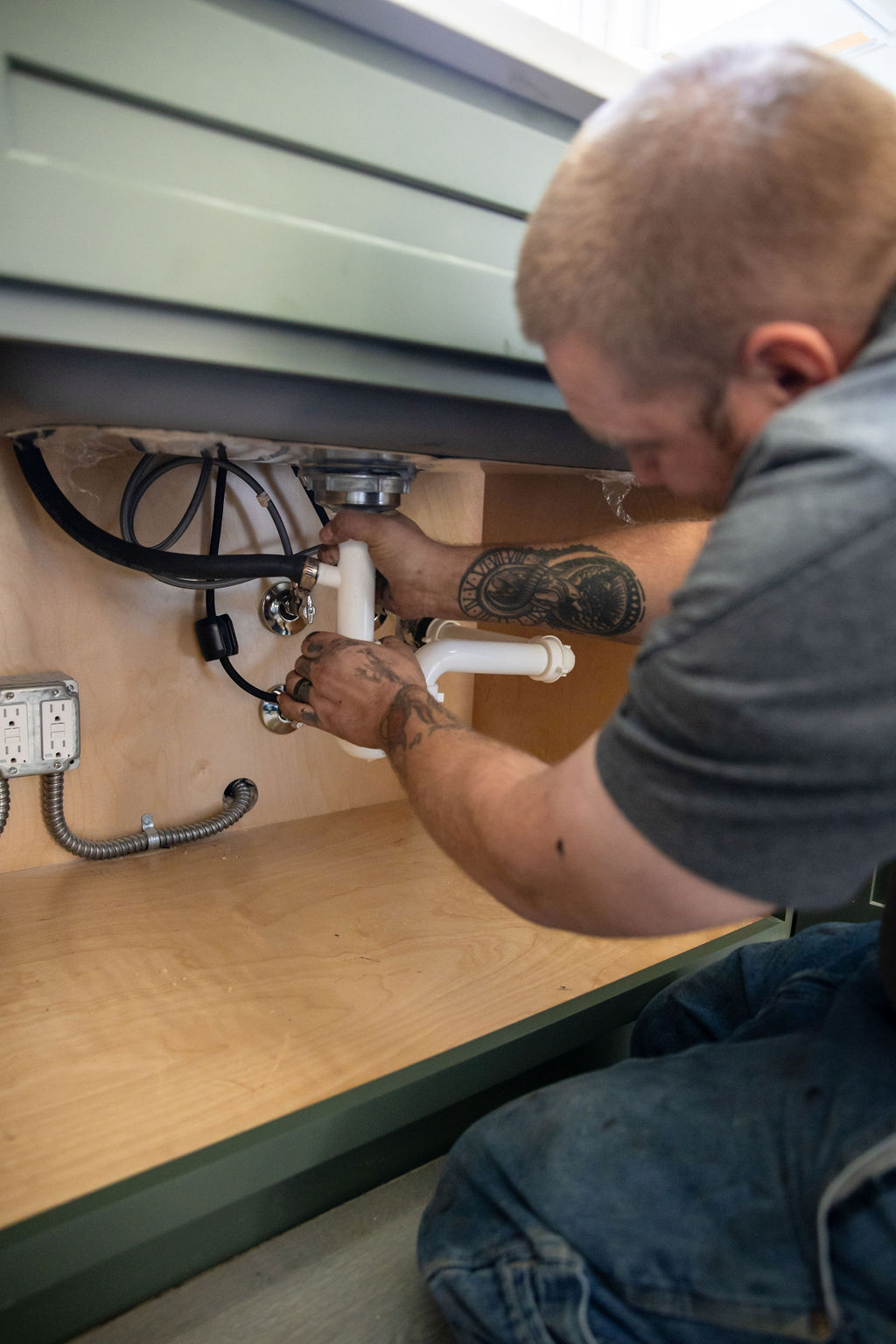
I Have Knocking Pipes When Water Is Not Running – Why?
October 10, 2024


